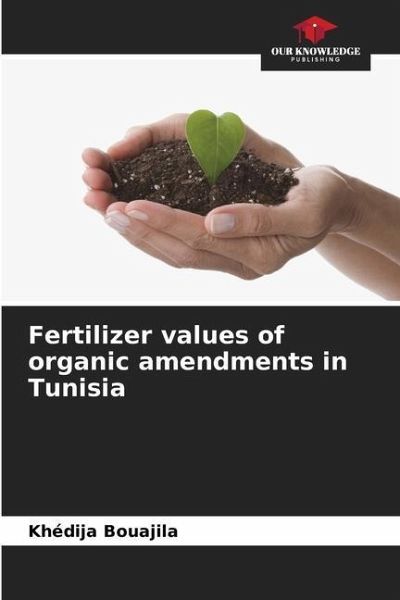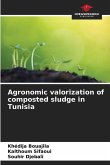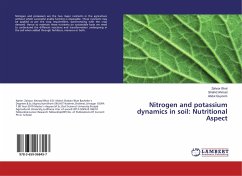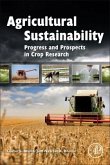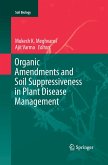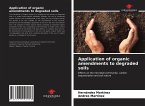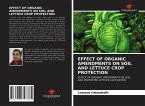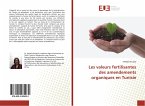The objective of this work is to monitor the dynamics of nitrogen, phosphorus and potassium mineralisation, as well as to estimate the fertilising values of the four types of treatments used, which are respectively farmyard manure (cattle, sheep), compost and poultry droppings at a rate of 30 tonnes per hectare. The different amendments applied increase the amount of nitrogen mineralised in the soil compared to the control. Throughout the nitrogen mineralisation process, the compost provided the most nitrogen compared to the other amendments. The application of farmyard manure, as well as compost and poultry droppings to the soil, significantly increases the content of available phosphorus, but this varies in relation to the type of soil amendment applied and its chemical and biological characteristics. The different amendments applied increase the content of exchangeable potassium in the soil compared to the control. Throughout the mineralisation of potassium, which is more active than that of nitrogen and phosphorus, the compost provides the most exchangeable K+ compared to the other amendments.
Bitte wählen Sie Ihr Anliegen aus.
Rechnungen
Retourenschein anfordern
Bestellstatus
Storno

